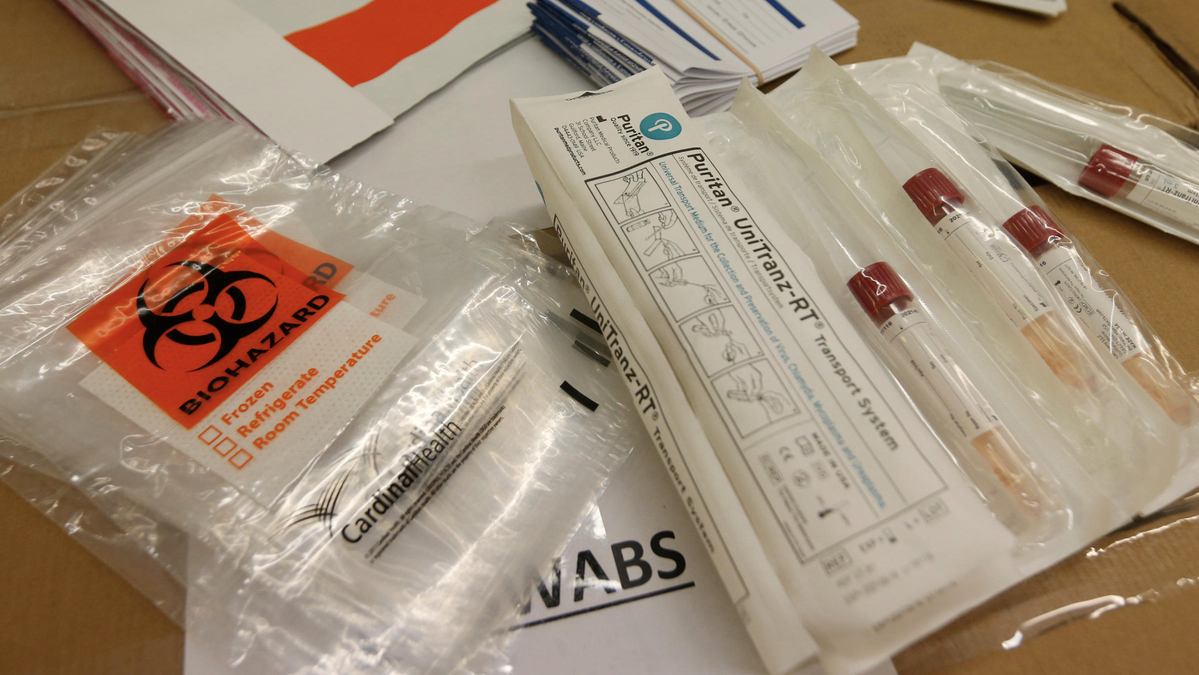
Take a look at the state’s vaccination data dashboard, and it looks like Hampton Roads is lagging way behind the rest of the state.
According to the Virginia Department of Health, more than 62% of Virginian adults are fully vaccinated. But in Virginia Beach, only 55% are. In Norfolk and Portsmouth, rates are in the low and mid 40s, respectively.
But those figures are an undercount, due to a potentially massive swath of missing data from the military.
The Department of Defense has administered millions of vaccines to active duty military members, veterans, their families and other military-adjacent civilians.
But when it reports the numbers to the state, the DOD only tells Virginia how many vaccines it administered in Virginia.
It doesn’t break down how many recipients live in Norfolk, York County or Chesapeake.
So statewide figures are correct and include all those DOD vaccinations. But drill down just one step further into the state dashboard and the numbers for military-heavy communities like ours are suddenly missing a huge chunk of data.
More than 20% of Hampton Roads residents are part of the broader “military family” that’s potentially eligible to get vaccines through military sources.
That means that as many as one in five vaccinations could be missing from city and county vaccination figures.
And beyond just undercounting vaccinations generally, it’s likely skewing demographic data as well, which could frustrate public health efforts to promote vaccinations.
For example, state data shows that, in Norfolk, just 16% of adults under 24 years are fully-vaccinated. For the state at large, that age bracket is at 50%.
But Norfolk is host to the largest Naval Base in the world. And more than 40% of enlisted sailors are under 24 years old. While it’s impossible to say for sure, it seems likely the city's 24-and-under figures are dramatically inaccurate.
Calls and emails to DOD Coronavirus Task Force officials were not returned.
Brian C. Martin oversees the Public Health master’s program at Eastern Virginia Medical School. He said good data is critical to a strong public health response.
He said knowing where vaccination rates are low can let public health officials better target efforts and allocate resources.
"But when you're using that number -- that X percent in that example -- and it's not accurate and you don't know how inaccurate it is, then you don't know how much messaging or resources or importance of significance to put on that," Martin said.
He also noted the state health department is trying to iron out the data issues. Until then, Martin says the best course for public health officials is to err on the side of caution.




